Earlier this month, we learned from Science Alert that seven very ancient stone tools have been found in splinters on the island of Sulawesi in Indonesia. They range in age from about 1.04 million through 1.48 million years ago.
Sulawesi is north of Flores, where the diminutive “hobbit” group’s fossils (100,000 – 11,000 years ago) were found in 2003. Some paleontologists think that these toolmakers could be Flores man’s ancestors.
If correct, the artifacts could represent the earliest evidence of human activity in Wallacea — a string of mainly Indonesian islands that has separated the Asian and Australian continents for millions of years.
The identity of the isolated toolmakers remains a mystery.
“Ancient Tools Suggest Indonesian ‘Hobbits’ Had a Mysterious Neighbor,” August 7, 2025
So far, no fossils have been found, just the remains of tools.
From the open access paper:
In summary, our findings demonstrate that in situ stone artefacts are present in fluvial sandstone layers of the Beru Member Sub-Unit B at Calio, and are therefore far earlier in age than what was formerly the oldest reported archaeological indication of hominins on Sulawesi (stone artefacts dated to about 194 ka at Talepu14). With a minimum age of 1.04 Ma, it now seems possible that hominin occupation of this large Wallacean island preceded that of Luzon6 to the north and is at least as old as, and potentially earlier than, the hominin presence on Flores,30 to the south. However, precisely when hominins first crossed to Sulawesi remains an open question, as does the taxonomic affinity of the colonizing population.
Hakim, B., Wibowo, U.P., van den Bergh, G.D. et al. Hominins on Sulawesi during the Early Pleistocene. Nature (2025). https://doi.org/10.1038/s41586-025-09348-6
Too Early to Say Very Much
That’s a scholarly way of saying that it is too early to say very much about the toolmakers apart from what we can tell from the age and appearance of their tools. About those tools, Bruce Bower comments at Science News:
The newly discovered seven stone artifacts, found at a site called Calio, show signs of proficient toolmaking, say archaeologist Budianto Hakim of Indonesia’s National Research and Innovation Agency in Jakarta and colleagues. The largest tool runs about the length of an adult human thumb. Ancient toolmakers performed a range of cutting and scraping tasks with those implements, the researchers suspect.
“7 stone tools might rewrite the timeline of hominid migration in Indonesia,” August 6, 2025
How Did These Ancient Toolmakers Get to Sulawesi?
It’s an awkward question. Griffith University archaeologist Adam Brumm told Science News:
“We can’t say anything about how [hominids] initially got to Sulawesi, or whether the population responsible for making these tools was long-established on the island or short-lived, based on stone tools alone” …
“Rewrite the timeline“
He is fairly sure of what didn’t happen though:
“It’s highly unlikely these early hominins had the cognitive capacity (especially the ability for advanced planning) required to invent boats,” archaeologist and co-lead of the expedition, Adam Brumm, told ScienceAlert.
“It is more likely that hominins got to Sulawesi by accident, most probably as a result of ‘rafting’ on natural vegetation mats. It’s thought rodents and monkeys made overwater crossings from the Asian mainland to reach Sulawesi in this way.”
“A Mysterious Neighbor”
Hearing that, I am prompted to remember the 2012 “bombshell” when Neanderthal art was found, challenging many certified lesser human theories about the Neanderthals’ alleged inability to produce such art.
A Lot Was at Stake
As science writer Michael Marshall, author of The Genesis Quest (2020), has pointed out:
Pike’s team has struggled to do additional dating in the past few years, partly because of the covid-19 pandemic and partly because “archaeologists who don’t want Neanderthals to have painted have basically banned us from taking samples”. However, he hopes that other groups will have more luck, eventually building up a rigorous timeline of cave art. He suspects art-making may stretch back to the unknown common ancestor we shared with Neanderthals, hundreds of thousands of years ago.
“When did humans start making art and were Neanderthals artists too?” New Scientist, July 17, 2022
To what extent do we need these early hominins to be too dense to make simple rafts even though they could make tools?
Meanwhile, as Kiona N. Smith tells us at Ars Technica, the discussion of their origin continues:
But who was the common ancestor of all these hominin cousins? That’s where things get complicated (as if they weren’t already). Most paleoanthropologists lean toward Homo erectus, but there’s a chance — along with some tantalizing hints, and no direct evidence — that much more ancient human relatives called Australopithecines may have made the journey a million (or two) years before Homo erectus.
“Stone tools may hint at ancestors of Homo floresiensis,” August 7, 2025
More discoveries will shed a little more light and spark a lot more discussion. In any event, the human body may have a history and human technology definitely has a history but the human mind does not. We see it where we see it, often just a glimpse now and then in these abysses of time.








































